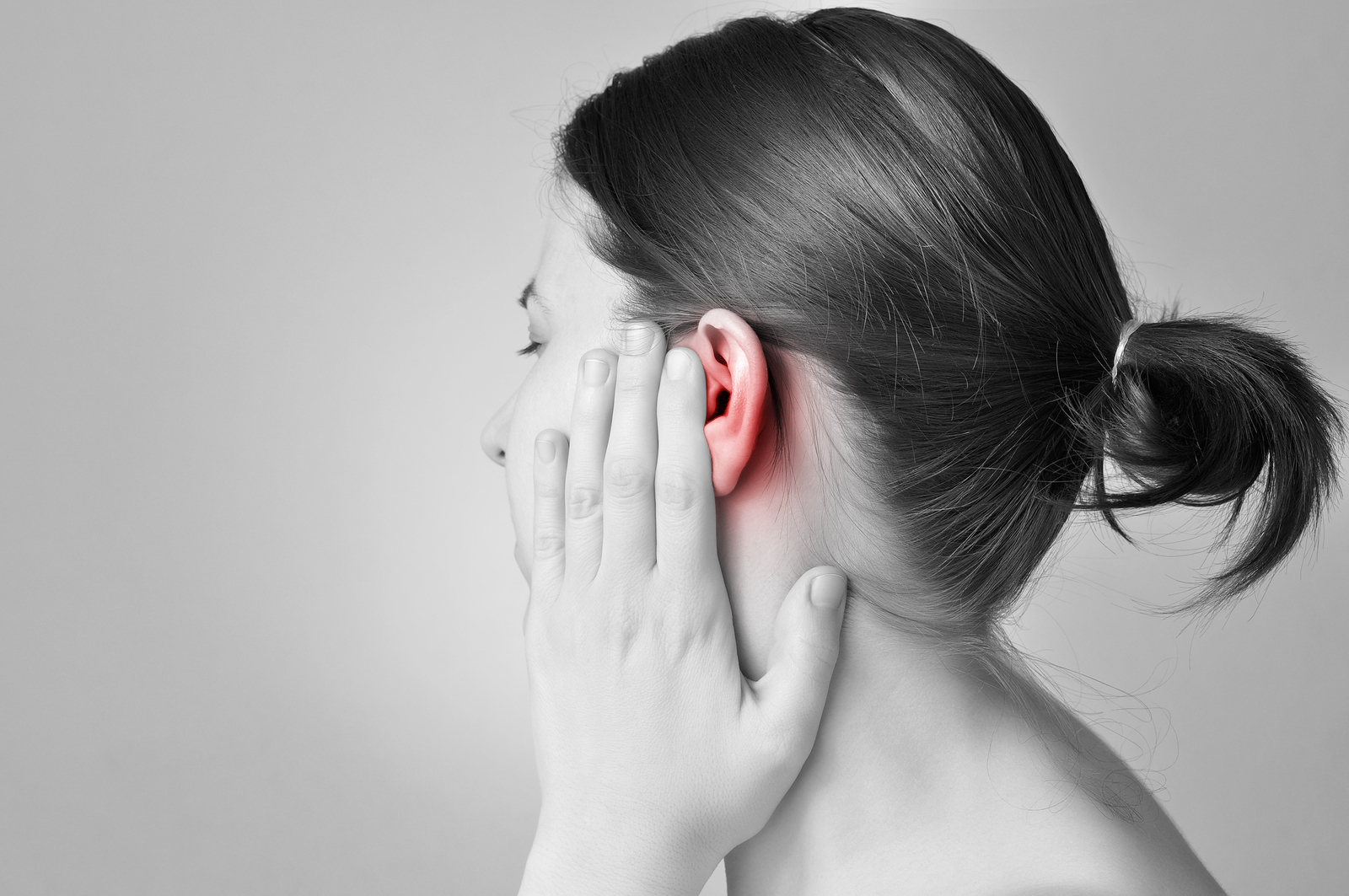Fibromyalgia is a complex and often misunderstood condition that can leave individuals grappling with persistent, unexplained pain. If you’ve been experiencing widespread discomfort without a clear cause, you may be wondering: Is this fibromyalgia? This article will guide you through the key signs, the diagnostic process, and steps you can take to take control of your health.
Understanding Fibromyalgia: The Basics
Fibromyalgia is a chronic condition characterized by widespread musculoskeletal pain, fatigue, and heightened sensitivity to touch. While its exact cause is not fully understood, researchers believe it involves abnormal processing of pain signals in the brain and nervous system.
Key Facts About Fibromyalgia:
- Prevalence: It affects approximately 2-4% of the population, with women being more likely to develop it than men.
- Symptoms: In addition to pain, fibromyalgia often includes sleep disturbances, cognitive issues (commonly known as “fibro fog”), and mood changes.
- Onset: Symptoms can develop after physical trauma, surgery, infection, or significant psychological stress. In other cases, symptoms gradually accumulate over time without a triggering event.
Recognizing the Symptoms of Fibromyalgia
Identifying fibromyalgia can be challenging because its symptoms overlap with other conditions. Here are some hallmark signs:
1. Widespread Pain
The primary symptom of fibromyalgia is persistent pain that occurs on both sides of the body, above and below the waist. This pain may feel like a constant dull ache, though some individuals report sharp or burning sensations.
2. Fatigue
Despite sleeping for extended periods, those with fibromyalgia often wake up feeling unrefreshed. Fatigue can interfere with daily activities and lead to feelings of exhaustion.
3. Cognitive Difficulties (“Fibro Fog”)
Many people with fibromyalgia experience memory lapses, difficulty concentrating, and mental cloudiness, collectively referred to as “fibro fog.”
4. Sensitivity to Stimuli
Heightened sensitivity to light, sound, temperature, and even smells is common. This hypersensitivity can make daily environments overwhelming.
5. Sleep Disturbances
Sleep problems such as insomnia or restless legs syndrome are frequent in fibromyalgia, further exacerbating fatigue and pain.
6. Irritable Bowel Syndrome (IBS)
Fibromyalgia often coexists with IBS, characterized by abdominal pain, bloating, and changes in bowel habits.
7. Mood Disorders
Anxiety and depression are common in individuals with fibromyalgia, partly due to the emotional toll of living with chronic pain.
How to Know for Sure: The Diagnostic Process
Because there is no definitive test for fibromyalgia, diagnosis relies on a combination of symptom evaluation and ruling out other conditions. Here’s what you can expect during the diagnostic process:
1. Medical History and Symptom Discussion
Your doctor will ask about your pain’s duration, location, and intensity. They’ll also inquire about other symptoms like sleep issues, fatigue, and cognitive difficulties.
2. Physical Examination
A physical exam may include palpating specific tender points to assess pain sensitivity. However, tender points are no longer a requirement for diagnosis under current guidelines.
3. Exclusion of Other Conditions
Conditions like rheumatoid arthritis, lupus, and thyroid disorders can mimic fibromyalgia symptoms. Your doctor may order blood tests or imaging studies to rule these out.
4. Criteria for Diagnosis
The American College of Rheumatology (ACR) provides criteria for diagnosing fibromyalgia:
- Widespread pain lasting more than three months.
- Symptoms not attributable to another medical condition.
- Additional symptoms such as fatigue, sleep disturbances, and cognitive difficulties.
Taking Control of Your Health: Steps to Manage Fibromyalgia
While there is no cure for fibromyalgia, many strategies can help you manage symptoms and improve your quality of life. Here are some effective approaches:
1. Medications
- Pain Relievers: Over-the-counter options like acetaminophen may provide temporary relief.
- Prescription Drugs: Medications such as pregabalin (Lyrica) or duloxetine (Cymbalta) can help manage pain and improve sleep.
2. Lifestyle Changes
- Regular Exercise: Low-impact activities like swimming, yoga, and walking can reduce pain and improve mood.
- Healthy Diet: A balanced diet rich in anti-inflammatory foods may help manage symptoms.
- Stress Reduction: Practices like meditation and deep breathing can alleviate stress, which often exacerbates symptoms.
3. Therapies and Alternative Treatments
- Cognitive Behavioral Therapy (CBT): CBT can help you reframe negative thought patterns and cope with chronic pain.
- Acupuncture: Some individuals find relief through acupuncture, which may help improve blood flow and reduce pain signals.
- Massage Therapy: Gentle massage can ease muscle tension and promote relaxation.
4. Support Networks
Connecting with others who have fibromyalgia can provide emotional support and practical tips for managing symptoms. Consider joining a local or online support group.
Final Thoughts: Empowering Yourself in the Journey
Living with fibromyalgia can be overwhelming, but knowledge is power. By understanding the symptoms, seeking a proper diagnosis, and adopting effective management strategies, you can take control of your condition and lead a fulfilling life. Remember, you’re not alone—reach out for support and stay proactive in your health journey.
If you suspect fibromyalgia, consult a healthcare provider to discuss your symptoms and explore a personalized treatment plan. With the right tools and resources, you can navigate the challenges of fibromyalgia and find relief.

Click Here to Visit the Store and find Much More….
For More Information Related to Fibromyalgia Visit below sites:
References:
Fibromyalgia Contact Us Directly
Click here to Contact us Directly on Inbox
Official Fibromyalgia Blogs
Click here to Get the latest Chronic illness Updates
Fibromyalgia Stores


